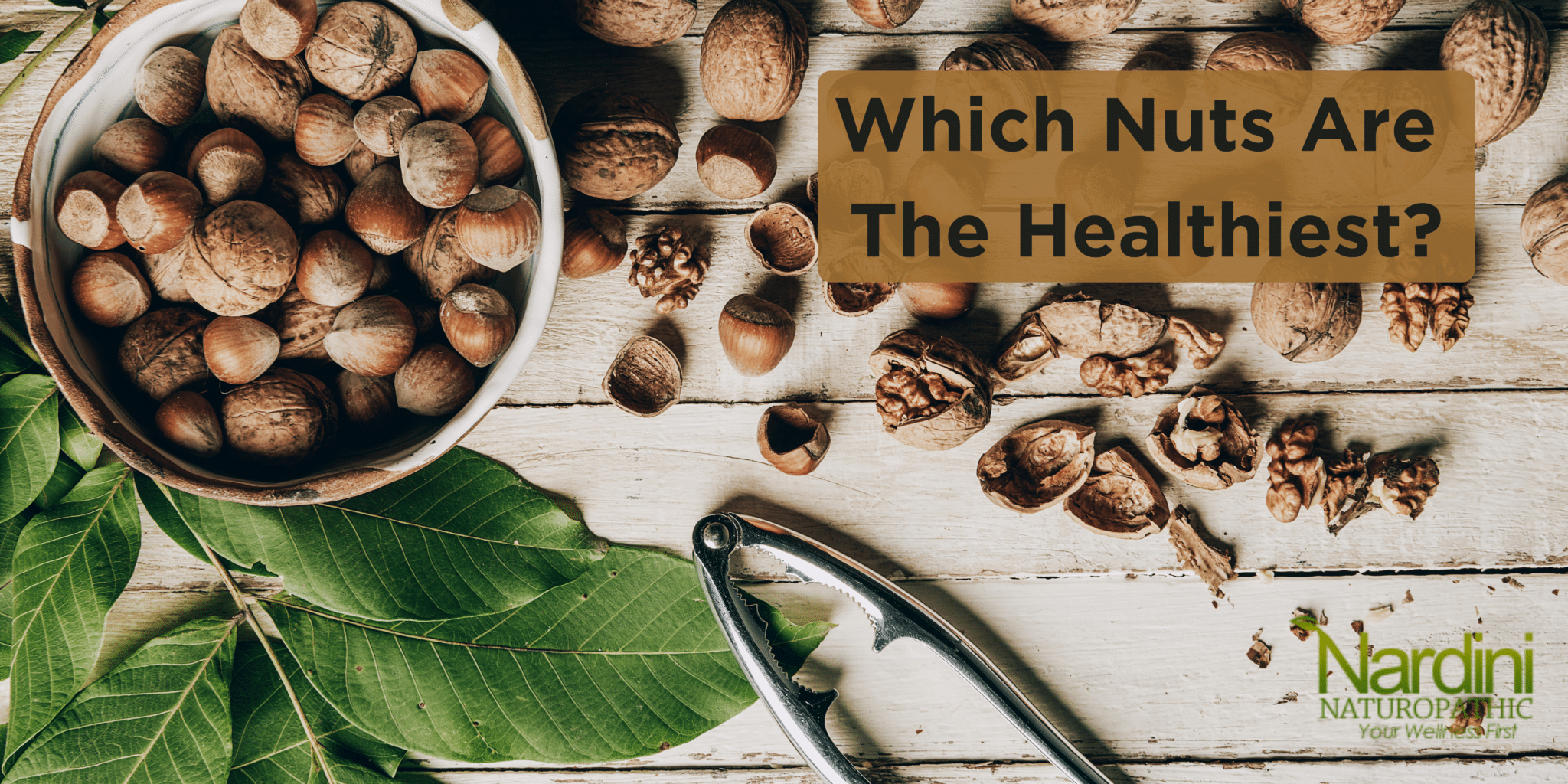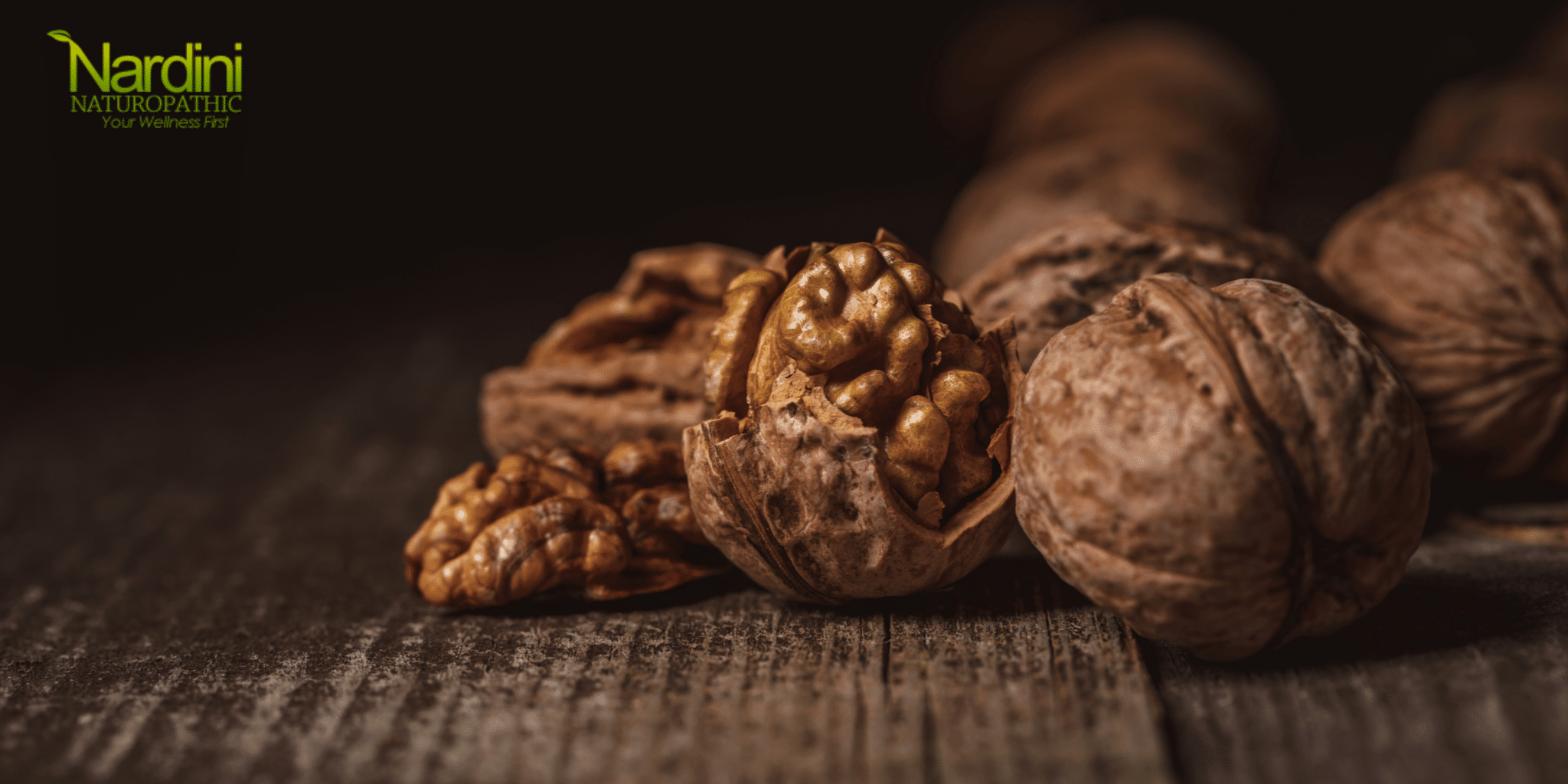I am often asked for suggestions on healthy snacks. The answer will depend, of course, on an individual’s tastes, lifestyle, and unique physiology.
However, are there certain foods that are particularly good for filling in between meals or supplementing them?
One group of foods that fits the bill nicely is nuts and seeds. Since seeds really need their own article (which I am considering), I want to focus today on which nuts are the best choices for providing a healthy and satisfying snack.
First, let’s look at why nuts are a good snack choice in general.
Health Benefits of Nuts
We all know that there is no shortage of unhealthy snacks to choose from. However, if you are trying to maintain a healthy diet, the snacks you choose are an important decision.
Let’s consider why nuts can be one of the best snack options around. Here are a few reasons:
- Easy – no need for cooking or preparation
- Tasty – most nuts have a pleasant flavour, although tastes may vary
- Satiating – nuts can fill the void quickly when hanger strikes
- Nutritious – most nuts are a good source of protein and healthy fat and a variety of other nutrients
- Portable – you can take nuts with you when you’re on the run
The next question is – are all nuts created equal? In short, no. Some nuts tick all the boxes above while others don’t quite make the grade.
So, when choosing nuts for a snack, which ones are the best options? Here is a short list of some of my personal favourites.
Five of My Favourite Nuts
1. Almonds
Almonds are the go-to snack for many people. These tree nuts are native to the Mediterranean and have been cultivated since ancient times. Today, they are mainly produced in California, Spain, and Australia.
Eaten as a snack, added to salads, or used as an ingredient in meals, almonds can bring a tasty substance to the diet. Besides being flavourful, almonds pack quite a nutritional punch.
Almonds are composed of 21% protein, 12.5% fibre, and 50% fat. This last part might give some pause, but don’t believe the anti-fat hype. Some of this fat comes in the form of polyunsaturated omega-6 essential fatty acids, important for brain and skin health. In addition, this nutritional profile is great for keeping the blood sugar stable, which is especially important when managing diabetes and cardiovascular disease.
In fact, 100 grams of almonds contains only 9 grams of what are called “net carbs”. This number is the total carbohydrates present in the food minus its fibre content. In general, the fewer net carbs in a food, the better it is for your blood sugar.
They are also an excellent source of micronutrients (vitamins and minerals). Almonds contain vitamin E, biotin, calcium, magnesium, phosphorus, and potassium.
Perhaps the biggest health benefit of almonds is the fact that they are an excellent source of phytonutrients – beneficial plant chemicals like flavonoids, plant sterols, and phenolic acids. Research shows a benefit to cardiovascular health of flavonoids due to their antioxidant effects1. Plant sterols have shown an ability to balance cholesterol.
Almonds come in a variety of forms – raw and roasted nuts, almond butter, almond milk, and almond flour, among others. Although the roasted nuts are preferred for their flavour, the almond’s nutrients, particularly its essential fatty acids, are better preserved when it’s raw.
2. Hazelnuts
Hazelnuts are often what we see trotted out in the holiday snack bowl. Harvested from the hazel tree, these nuts are produced primarily in Turkey, followed by Italy, and the United States.
Like almonds, hazelnuts have an impressive nutritional profile. Per 100 grams, these nuts contain 15 grams of protein, almost 10 grams of fibre, over 60 grams of fat, and only 7 grams of net carbs. Eating a small handful of hazelnuts (10 nuts) will give you a mere one gram of net carbs, making them an excellent choice for those on low carb or keto diets.
Like almonds, hazelnuts are a good source of vitamin E, magnesium, potassium, polyunsaturated omega-6 fats, and monounsaturated omega-9 fats. They are also relatively rich in manganese, an important mineral for the body’s antioxidant systems and for regulating blood sugar2.
Hazelnuts are an abundant source of phenolic compounds that act as antioxidants. Because of this, hazelnuts may help reduce inflammation in the body which is important for heart health and for cancer prevention3.
Raw hazelnuts with the skins on contain the most antioxidants compared to peeled and/or roasted nuts. Hazelnuts can also be consumed in the form of hazelnut butter or made at home into hazelnut milk.
3. Walnuts
Sprinkled onto salads or enjoyed on their own, walnuts are an excellent option when looking for a healthy nut. The most consumed species is the English walnut, although Persian and Black walnut varieties are found in some areas. They are produced primarily in China, the United States, Iran, and Turkey.
The nutritional profile of walnuts shows why they are a healthy snack choice. By weight, they consist of 15% protein, 7.3% net carbs, 6.7% fibre, and 65% fat. Walnuts contain omega-6 and omega-9 unsaturated fats and are one of the few plant sources of omega-3 fats – alpha-linolenic acid and linoleic acid. Other nutrients in walnuts include magnesium, manganese, zinc, and various B vitamins.
Research suggests many health benefits of walnuts. They have been shown in one study to lower blood pressure and improve the cholesterol profile4.
Walnuts may also protect the brain from deterioration as we age – what is called age-related cognitive decline5.
They contain high levels of flavonoid and phenolic antioxidant compounds, which are thought to prevent oxidate damage to cells, including those of the brain.
It makes sense that they would be good for the brain – just look at them!
Because of their high omega-3 and omega-6 fat content, walnuts are susceptible to going rancid (fat oxidation that gives them that “off” turpentine-like odour and that makes them unhealthy to eat). They are best purchased in the shell and it’s a good idea to store them in the refrigerator if you don’t plan to eat them right away.
4. Pecans
The pecan is a type of hickory tree that’s native to the southern United States and northern Mexico. It’s grown for its tasty seed mostly in the U.S. states of Texas, New Mexico, and Georgia and also in Mexico.
The pecan nut is quite impressive when it comes to nutrition. Every 100 grams of pecans contains 9.2% protein, 4.2% net carbs, 9.6% fibre, and a whopping 72% fat. Most of the fat comes in the form of polyunsaturated fats, like the omega-6s and monounsaturated, omega-9 fats. A one ounce serving (about 20 pecan halves) gives you over 20 grams of fat but only 1 gram of net carbs!
Pecans are also a good source of zinc, copper, magnesium, and Vitamin B1.
The known health benefits of pecans are similar to some of the other nuts on this list. Like walnuts, pecans may be very helpful for your heart. A study done in 2019 demonstrated that eating 30 grams of pecan nuts every day for 12 weeks improved the cholesterol profiles of test subjects compared to controls6.
Research also shows that a pecan-supplemented diet can be helpful for balancing insulin and blood sugar in people dealing with obesity7. We would expect this due to their high fat and very low carb content.
Also, like walnuts, their high mono-unsaturated fat content may help to reduce mental decline with age. Fats in pecans can also have an overall anti-inflammatory effect.
It’s easy to add pecans to the diet – eaten raw as a snack or sprinkled on salads. Their fats can be susceptible to rancidity, so store them in the fridge if you won’t be eating them right away.
5. Brazil nuts
There are some things that are easy to tell where they originate by their name and Brazil nuts are no exception. The Brazil nut tree is native to the tropical rain forests of South America and are primarily harvested from the Amazon of Brazil and Bolivia. Although the trees are not cut in the collecting of the nuts, over-harvesting has led to reduced numbers of new trees in some areas.
The nutrient content of Brazil nuts is not unlike that of the other nuts on this list. By weight, they contain 14.3% protein, 4.7% net carbs, 7.5% fibre, and 66% fat. Most of the fat in Brazil nuts is the polyunsaturated and monounsaturated variety.
The star nutrient of the Brazil nut has to be its selenium. This mineral is important for thyroid hormone function and helps boost the body’s antioxidant systems. A single Brazil contains an average of 96 mcg of selenium, compared to most other nuts which contain less than 1 mcg per nut.
It is common for people to have suboptimal selenium levels. The recommended daily intake (RDI) is 55 mcg. However, for those with low selenium, 200-400 mcg per day for a period of time may be needed.
In some cases, getting this much selenium may be achievable by eating Brazil nuts regularly, as a study in New Zealand suggests (https://pubmed.ncbi.nlm.nih.gov/18258628/). However, too much selenium can be toxic, so check with your heath practitioner before downing a handful of Brazil nuts every day.
In addition to selenium, Brazil nuts contain good amounts of magnesium, copper, Vitamin B1, and Vitamin E.
The thyroid may be the biggest beneficiary of a diet containing Brazil nuts. Selenium is required for the production of the active thyroid hormone, T3, and it may help the immune system in people diagnosed with autoimmune thyroid conditions, like Hashimoto’s Thyroiditis and Graves’ Disease.
Brazil nuts also appear to have anti-inflammatory properties, primarily due to their antioxidants, like selenium, Vitamin E, and polyphenols8.
Besides exercising caution with their consumption due to their selenium content, it’s wise to consider that Brazil nuts are notorious for going rancid. Store them in the refrigerator until consumed or buy them in the shell (if available) and crack just before eating.
Honourable Mention
Macadamia nuts – these nuts have many of the same beneficial fats and nutrients as the five I covered. Make sure to store them in the fridge as they go rancid fast.
Dishonourable Mentions
Peanuts and Cashews – these two aren’t actually nuts but are legumes. Though popular, they are both very carb-heavy and should be consumed sparingly or not at all.
Things to Consider About Nuts
Beyond being perfect for blood sugar control due to their high fat and low net carb content, the antioxidants, vitamins, and minerals found in these nuts can be a real boon to health.
Of course, there are a few cautions to consider.
To start, their high unsaturated fat content makes them susceptible to rancidity. If possible, get the nuts still in the shell. The hard covering protects the nut’s fats from exposure to oxygen, which causes them to go rancid. Crack the nuts and eat them right away to enjoy a fresh and tasty snack.
If you can’t find the nuts you like in the shell, then buy them in a package (as opposed to bulk where they can sit, exposed to oxygen, for weeks). Once purchased, store them in the refrigerator until you’re ready to eat them.
Also, opt for raw nuts when possible as the roasting process can destroy some of the nut’s nutrients and damage the healthy fat.
Pesticides that get sprayed onto nut crops tend to collect in the oils of the nut. The high fat content of these nuts makes them a reservoir of pesticide residues. To minimize pesticide exposure, buy organic nuts whenever possible.
Of course, exercise caution if you have a sensitivity or mild allergy to any of the mentioned nuts and avoid them altogether if you have a severe nut allergy.
It’s clear that nuts are one of the best choices when it comes to snacks, but don’t sell them short! They make a great addition to salads and veggie plates and some are excellent in butter and milk form.
One thing is for sure – for many of us, nuts can be a flavourful and healthy choice when we’re feeling a little peckish!
1.https://www.ncbi.nlm.nih.gov/pmc/articles/PMC7571023/
2.https://pubmed.ncbi.nlm.nih.gov/18193174/
3.https://www.researchgate.net/publication/305698985_Can_hazelnut_intake_modulate_oxidative_stress_and_lipid-related_markers_in_children_with_primary_dyslipidemia
4.https://nutritionj.biomedcentral.com/articles/10.1186/s12937-017-0304-z
5.https://www.sciencedirect.com/science/article/pii/S0022316622008604?via%3Dihub
6.https://pubmed.ncbi.nlm.nih.gov/31856379/
7.https://www.ncbi.nlm.nih.gov/pmc/articles/PMC5872757/
8.https://www.sciencedirect.com/science/article/abs/pii/S096399691730474X
Book An Appointment With Nardini Naturopathic
Are you concerned about your blood sugar or cardiovascular health?
Or perhaps you’d like a review of your overall diet to see where you could be doing better.
Maybe you have food allergies or intolerances and worry you aren’t getting enough nutrients because of your restricted diet.
I’m Dr. Pat Nardini, a naturopathic doctor who offers nutritional counseling services to help ensure all of those gaps in your diet are filled, and that you’re getting enough of all the important nutrients which your body needs to function at its best.
Contact me today for more information, or book a free 15-minute consultation where I will help you understand how naturopathic medicine can help you.
If you have questions about naturopathic medicine, or you’d like to take your first step into the world of naturopathy, contact us at Nardini Naturopathic, and let’s book an appointment.
Yours in health,
Dr. Pat Nardini, Naturopathic Doctor
320 Danforth Ave suite 206,
Toronto, ON, M4K 1N8
-https://g.page/NardiniNaturopathicDanforth
Dr. Pat Nardini, ND is a licensed doctor of naturopathic medicine in Toronto, Ontario. He offers science based natural health solutions with a special focus on thyroid conditions.


